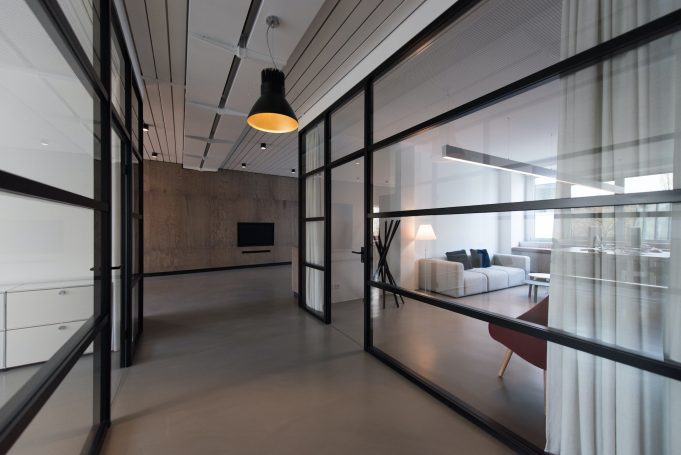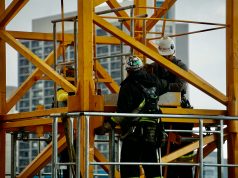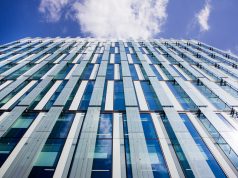In an age where digitisation and automation are integral parts of our everyday life, it’s astounding to consider that the physical aspect of security is often relegated to the backseat. For commercial buildings, where the daily churn involves a multitude of individuals, assets, and information, security should never be a secondary concern.
In the points below, we’ll delve into the undeniable importance of advanced locking systems in commercial edifices, highlighting their role in ensuring a secure and streamlined operational environment.
The Essence of Security in Commercial Buildings
Before we address the technological marvels in the realm of commercial security, it’s important to appreciate the gravity of what’s at stake. Commercial buildings are complex ecosystems that host various enterprises, offices, or retail outlets. They are repositories of valuable equipment, sensitive data, and human resources.
Any compromise on the security front can result in catastrophic financial losses, irrevocable damage to reputation, and in some cases, risks to human lives. Simply put, security isn’t just about protecting assets; it’s about sustaining the integrity of an organisation.
Traditional vs Advanced Locking Systems
Traditionally, keyed locks have been the go-to solution for securing commercial spaces. Although effective to an extent, they have their drawbacks – keys can be duplicated, locks can be picked, and human errors like misplacing keys can expose vulnerabilities. Enter advanced locking systems – where innovation meets impenetrability.
Modern locking technologies offer benefits ranging from keyless entry and exit logging to emergency lockdown capabilities. These sophisticated systems utilise digital keypads, biometrics, and even smart technology that can be controlled remotely. Unlike traditional systems, the advanced options offer an unprecedented level of customisation and control, enabling administrators to manage permissions and monitor activity in real-time.
Features to Consider in Advanced Locking Systems
- Biometric Access: Use of fingerprint or retina scans for granting access, ensuring that only authorised individuals can enter.
- Multi-Factor Authentication: Combining two or more verification processes for enhanced security.
- Remote Monitoring: Ability to control and monitor door access from a remote location.
- Audit Trails: Maintaining detailed logs of every entry and exit, which can be crucial during investigations.
- Emergency Protocols: Automated lockdown procedures in case of emergency situations.
Commercial Door Closer Adjustments
An often-overlooked but crucial part of an advanced locking system is the door closer – ensuring that doors close securely every single time is paramount. A door left ajar, even inadvertently, can be an invitation to security risks. Commercial door closers are designed to close doors automatically after they have been opened, but they require proper installation and regular maintenance for optimal performance.
The Investment Worth Making
While the upfront costs for advanced locking systems can seem daunting, it’s an investment that pays for itself many times over. When you consider the assets being protected and the potential risks being mitigated, the argument for advanced systems becomes compelling.
Final Thoughts
The modern world requires modern solutions – as commerce evolves and grows increasingly complex, so too should our security measures. Advanced locking systems in commercial buildings are not just a recommendation; they are a necessity. By embracing the latest in security technology, organisations can safeguard their future, protect their assets, and provide peace of mind for everyone who walks through their doors.














